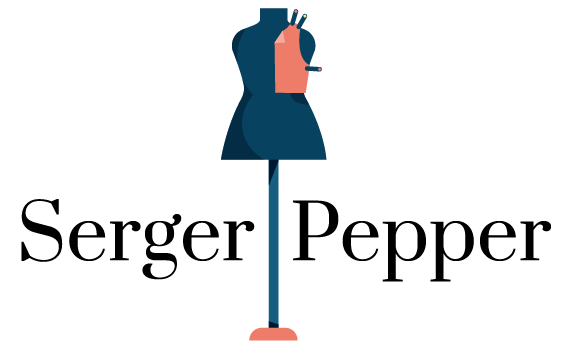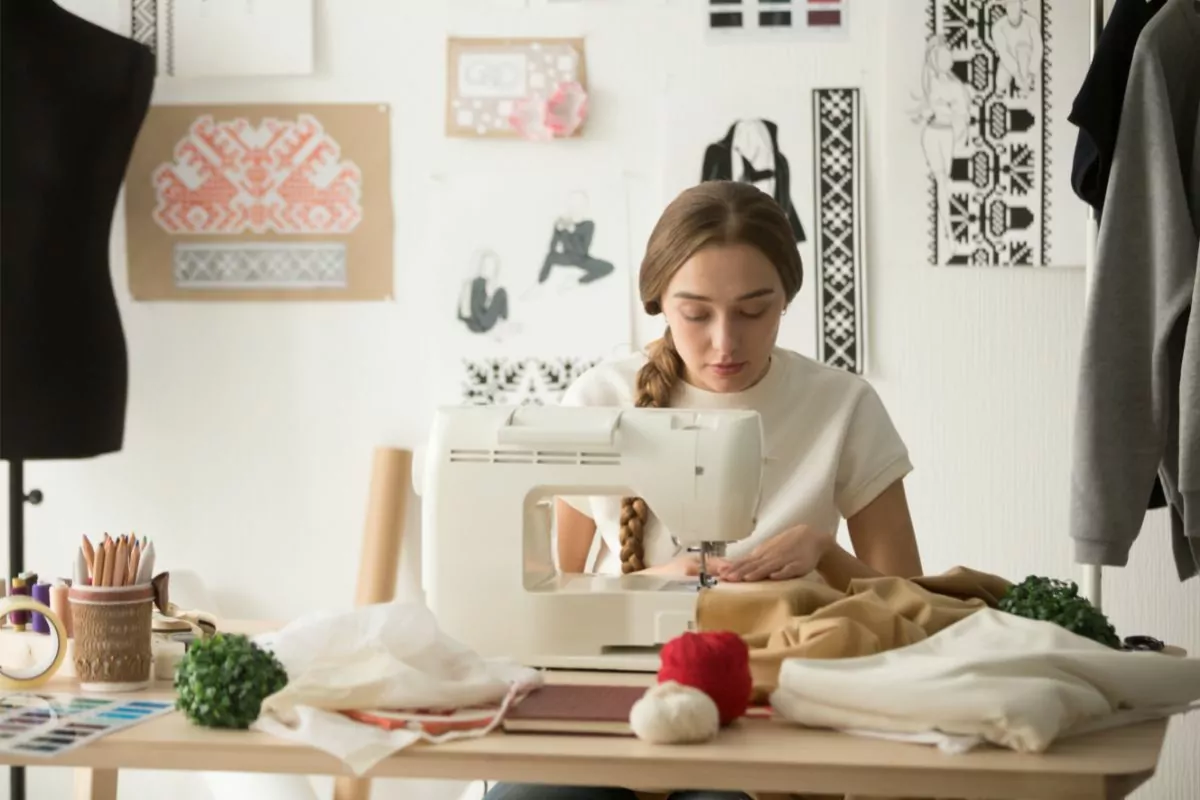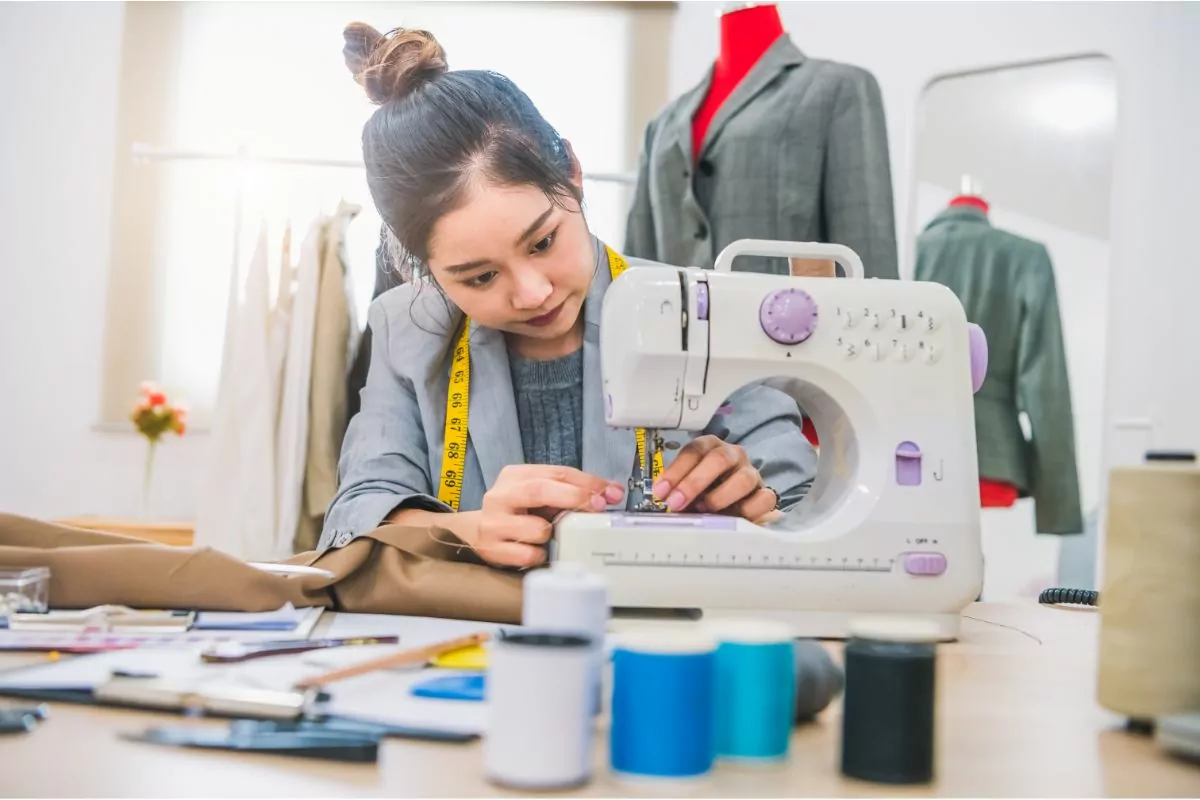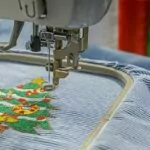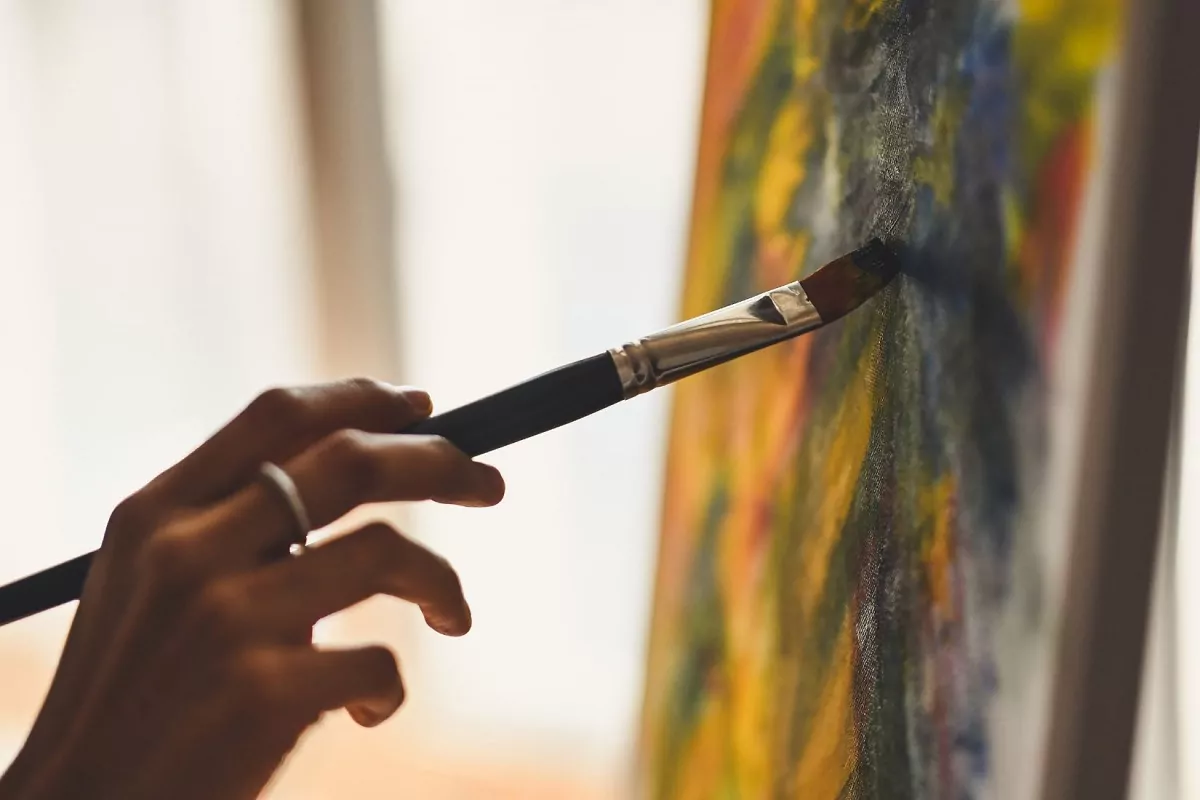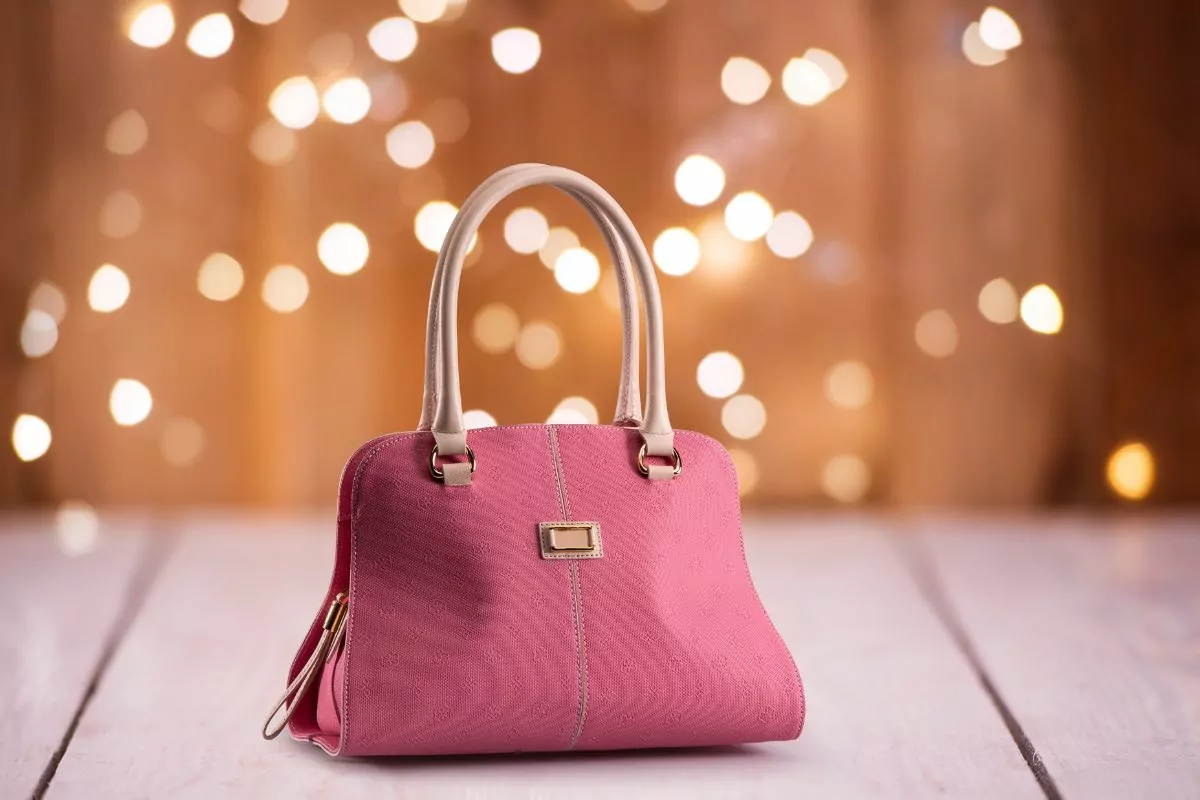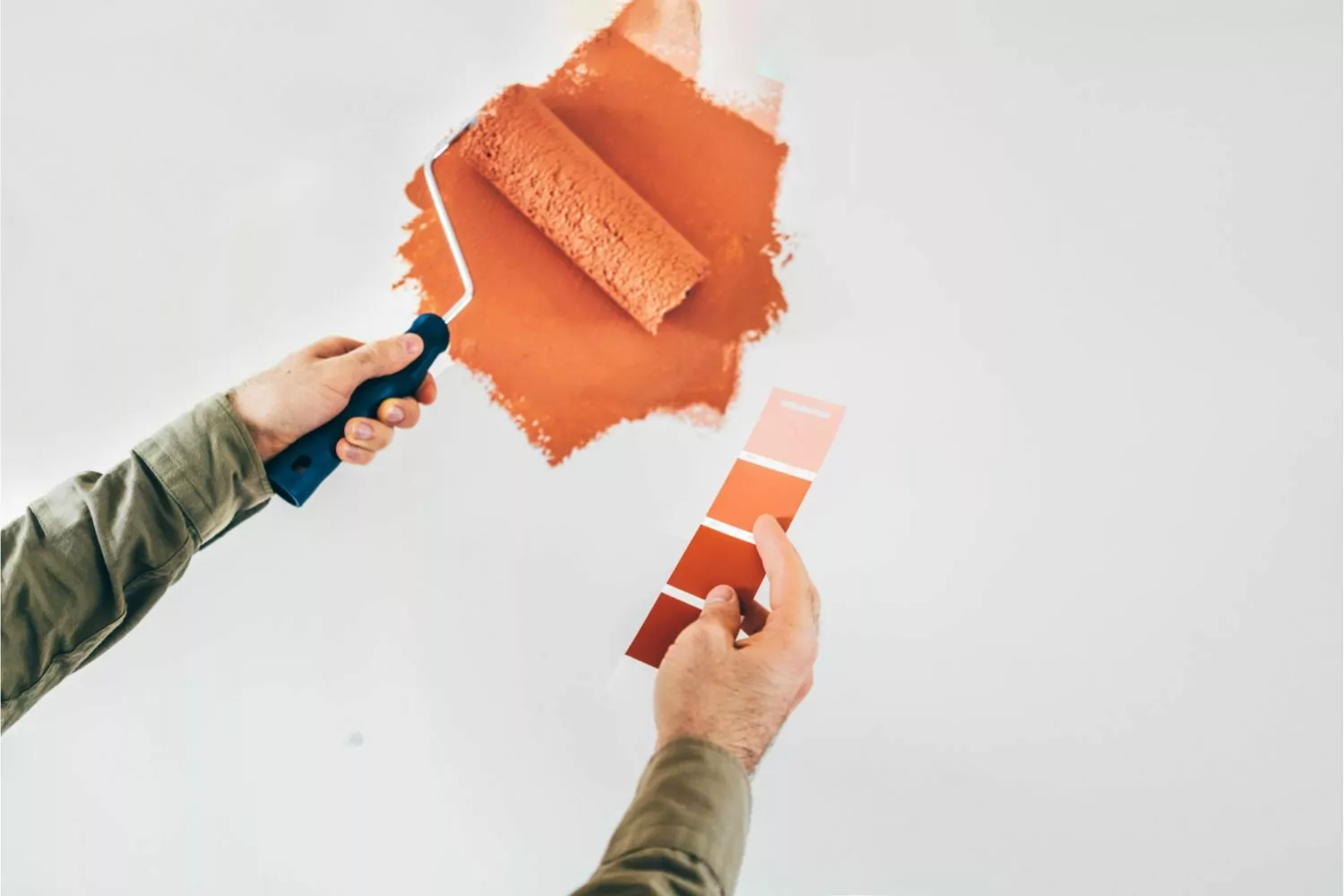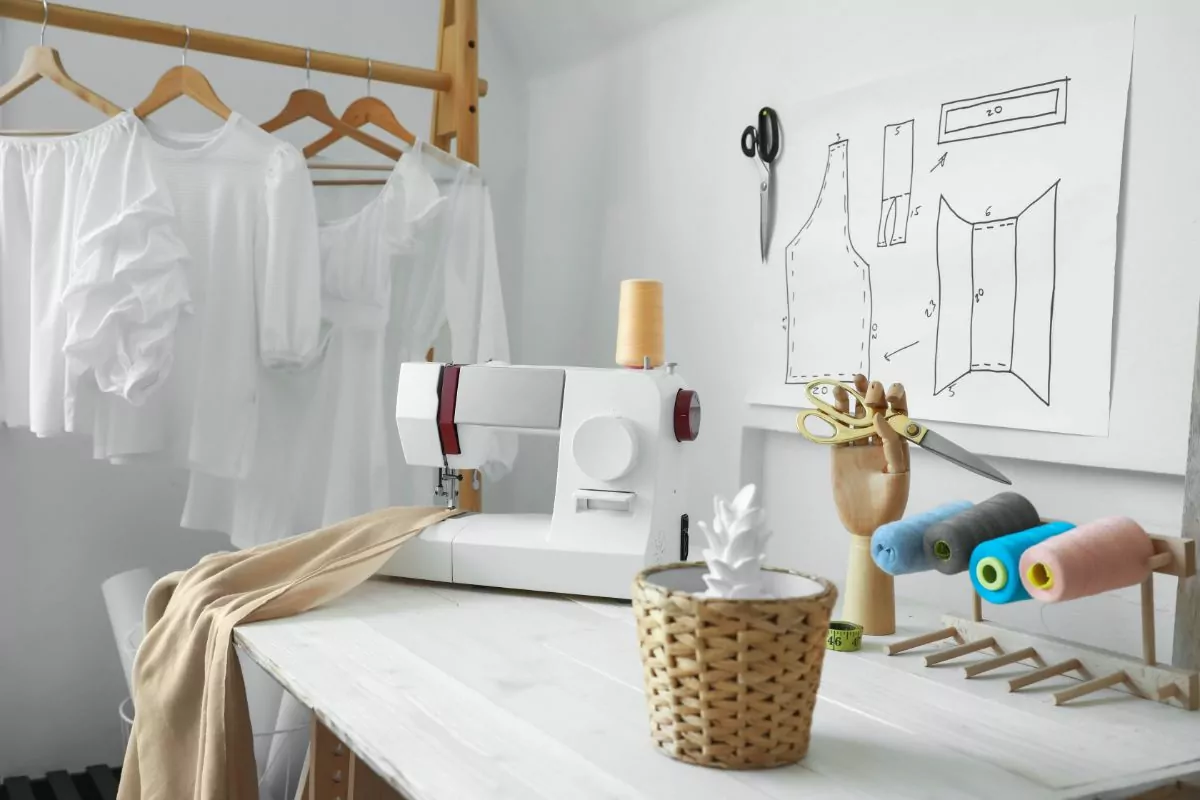Cross stitch is very popular, and it has been around for a very long time it has been around since the middle ages. Yet, in modern times, cross-stitch is actually making a strong comeback in the crafter’s scene.
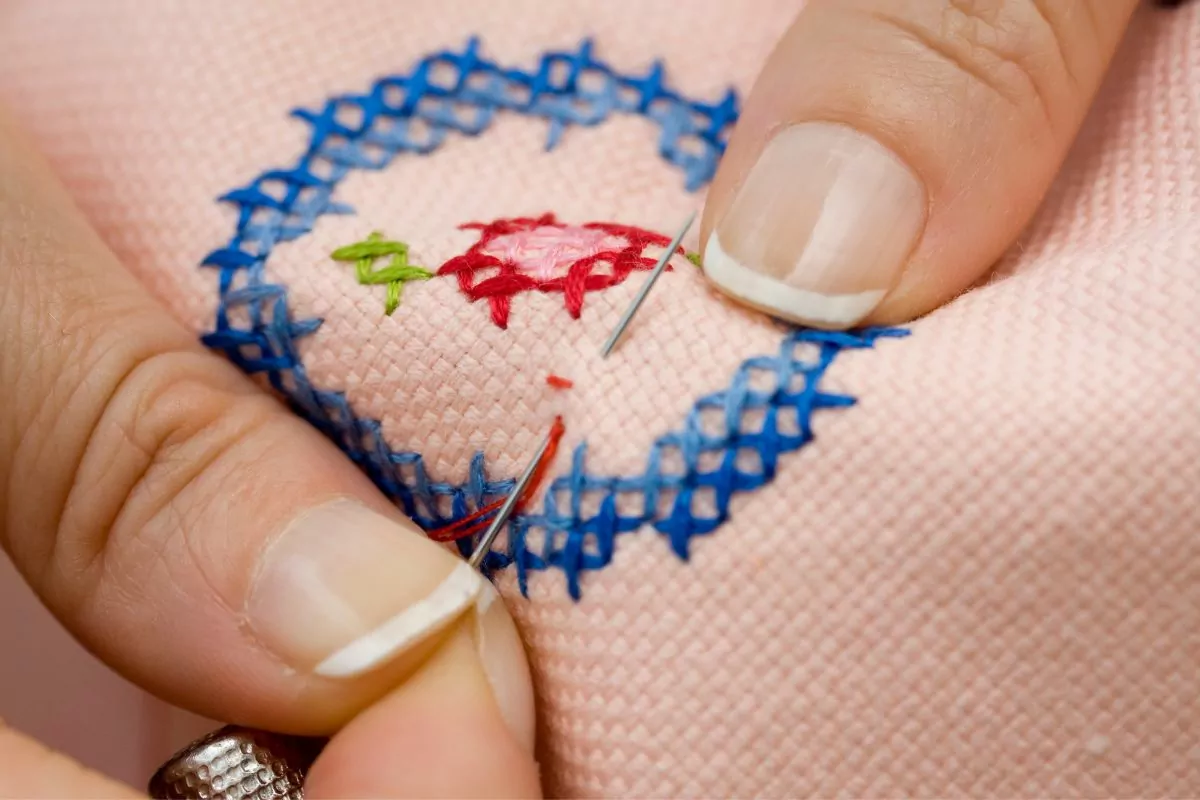
This stitch has been traditionally known for decorating household items, such as home linens. Yet, now this method of embroidery is also seen in framed artwork, and it often features motifs or quirky messages.
Regardless of your level of skill or the project at hand, this stitch is easily accessible, easy to learn, and a fun form of threading craft.
Curious? Let’s learn some more about this unique but aged stitching craft!
Cross Stitch: What Is It?
Cross stitch always follows a tiled pattern, which makes it the closest forebear to digital pixels that we use to create art today.
Due to the fact that the cross stitch is composed of primary stitches formed in an X-shape, the design will typically look to be boxy and geometric.
A majority of cross stitch is done with colored floss made from cotton and embroidered onto a woven fabric that has a built-in grid system to guide the stitch (Can you embroider with a sewing machine? Find out here).
For a majority of beginners, the different sizes of cotton fabric will be recommended per the obvious holes, in a fairly open weave. But, that being said it can also be done with a very fine linen too.
Cross stitch will require colorful floss for embroidery, often sold in skeins of six strands. Yet, a majority of cross-stitch charts will require you to separate 2 or even 3 stands to use at any one time.
In comparison to needlepoint, which often uses a multitude of sizes and shapes in the stitches, a cross-stitch can often seem simple and sophisticated. It can still be used to create intricate, and complex designs.
What Are The Different Types Of Cross-Stitch?
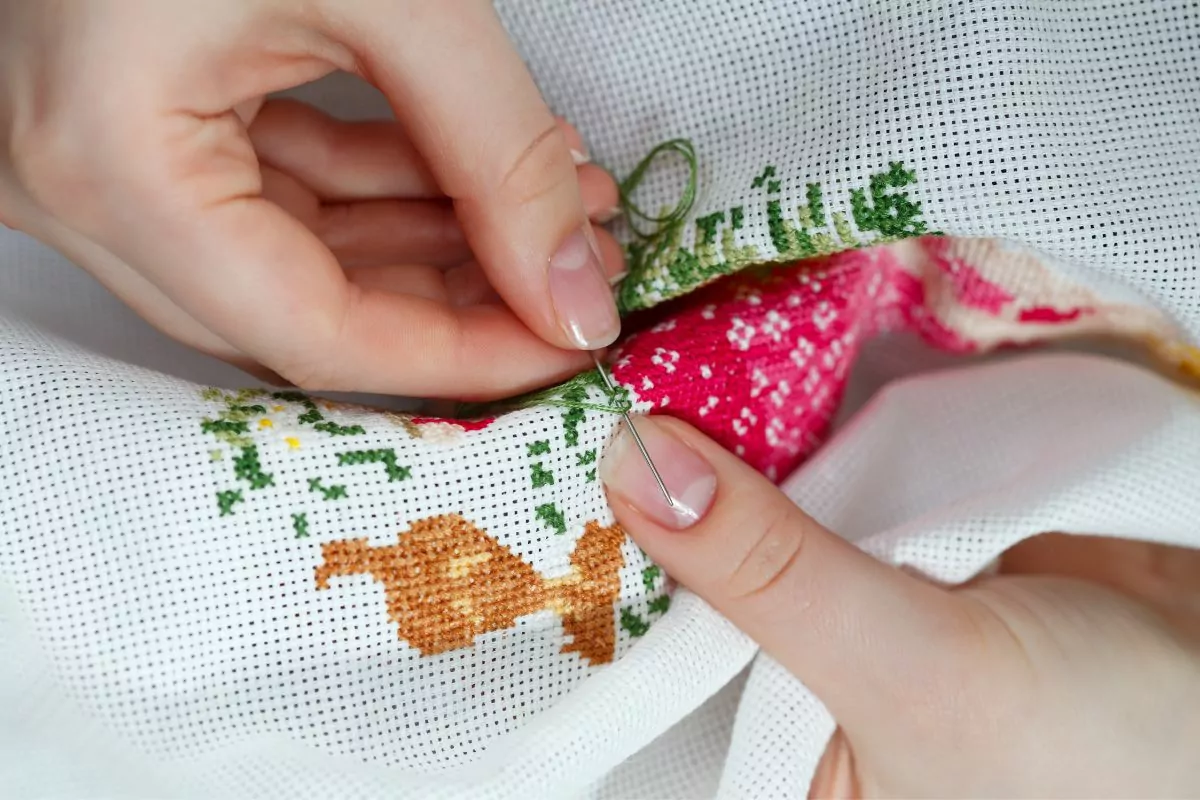
There are only a few different types of stitches that are used in a cross stitch, the primary stitch is the full stitch, which appears as an X shape.
There is also a half stitch which is a simple slanted line and a ¼ stitch which goes from the corner to the middle of where the X would be.
There is also a ¾ stitch which is a half stitch and a squatter stitch.
There are a variety of ways you can vary these different stitches, such as spacing them out, framing them, overlapping them, and even extending them. But, you should master the core few to ensure that you are making your patterns most achievable.
A majority of cross-stitchers will often follow a chat that has a pre-planned design, this is most useful when attempting to complete a new project. Freehanding a design can be rewarding if it works, however, it can be unyielding as well.
Cross-stitch charts can also utilize colored grids which can be applied and counted for any size of woven fabric; they are a bit like a map for finishing the design in full.
For a total beginner to cross stitch, it is much easier to follow a pattern that has been directly stamped onto a cross stitch material, as it eliminates the whole process of needing to count and mentally transfer the colors and stitches from a plan and onto the fabric.
Regardless of the system you use, using frames and hoops can also be very extremely useful for needlework as they can help to hold the length of your material nice and tight to make the stitches easier.
How Do You Start A Cross-Stitching Project?
You can source a free pattern, buy a pattern from a craft store, from online, or even design your own motif, but a solid plan is necessary when you are starting a cross stitch pattern.
Samplers are also ideal, they demonstrate the variety of techniques and stitches you can use, and they make for a very fun project as a starting point. They will also help you to become more confident in your cross stitching as well.
Some of the most antique samplers used to contain full alphabets, single-digit numbers, and sometimes even simple, small illustrations.
There are also some more contemporary designs available for beginners, these are typically less limited, and allow you to experience and practice with patterns that are joyful for you.
For those who are more advanced at cross-stitching, there are infinite patterns and possibilities available to you. The world is your cross-stitch oyster.
Some geometric motifs out there are especially lovely thanks to their boxier nature. These are ideal for practicing and getting a feeling for cross-stitching. However, flowers and plants can also look very pleasant when simplified down to lines and x’s.
Some decorative lettering is also available for cross-stitching patterns. As when these are done in a cross-stitch pattern, they appear to be rustic and old-fashioned in a charming way.
Regardless of what your tastes are, there is bound to be a chart for this in cross stitch. It is best to have a look around and try to find something that will be simple enough to get you started but that you will also enjoy and feel motivated to finish.
You are bound to make 1 or 2 mistakes as you begin, so choosing a design that will keep you motivated is key.
This stands for any crafting or art form, as it is easiest to rage quit and give up on something we have only just started when we are not highly motivated.
Overall
Cross stitch is an old and unique form of embroidery which can be fun for all ages. Be sure to start simple to help you get used to the patterns, stitches, and style of this craft. There are plenty of motifs and designs out there to help you get started.
Cross-stitching can make for a great hobby and a fun pastime.
- How To Sew Fabrics Together - June 5, 2023
- How Many Stitches Per Inch? - June 5, 2023
- How Long Does It Take To Sew A Dress? - June 5, 2023
